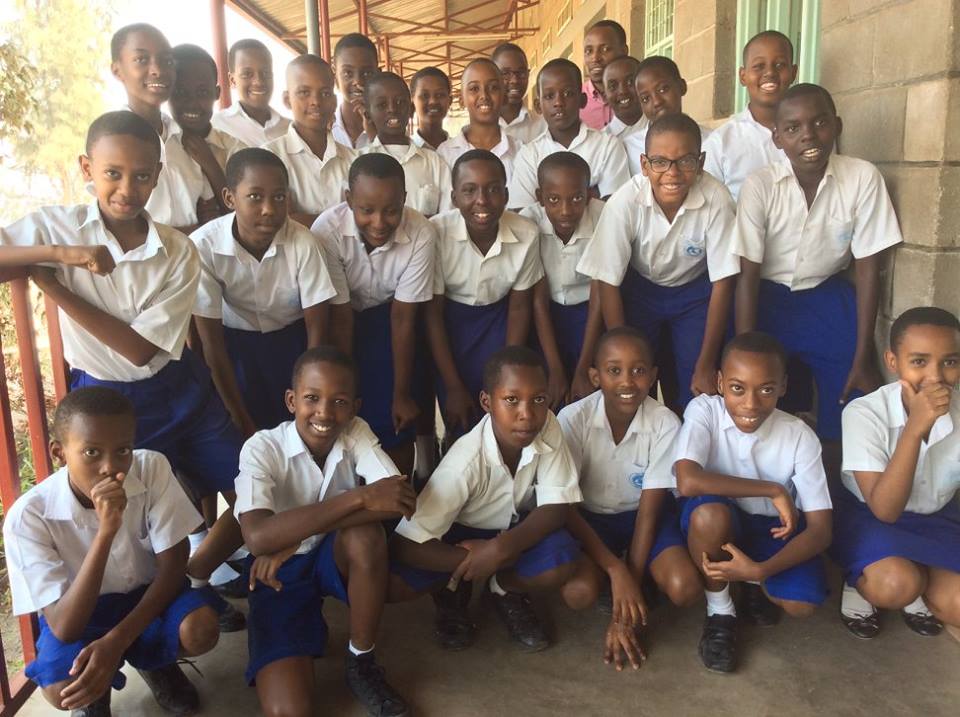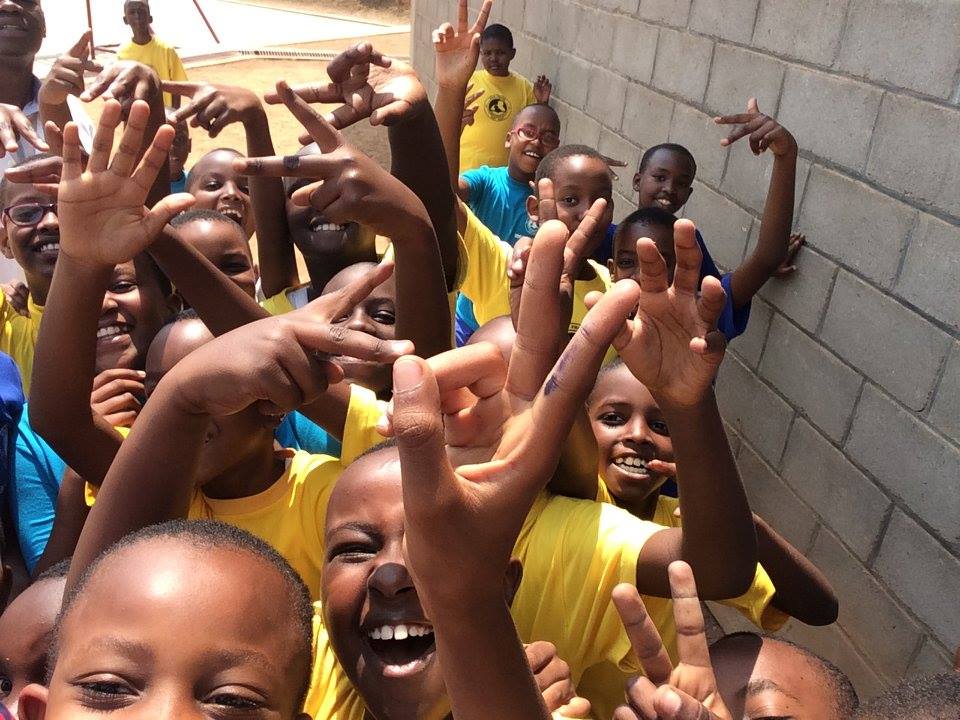
Pupils at Ecole Primaire Saint Ignace sitting school exams
Rwanda’s education system that prioritizes ‘Education for All’ is outstanding compared to other developing countries- ‘State of World Population report 2017(SWOP)’ has disclosed.
The annual report released by United Nations Population Fund (UNFPA) shows that countries with high levels of income inequality also have high levels of inequality in education and health.
The report indicates that though Rwanda went through a devastating 1994 genocide against Tutsi Genocide which destroyed the socio-economic fabric, it has defied all odds.
“Rwandans have benefited from rapid economic growth, reduced poverty, more equality and increased access to services including health and education,” reads the report in part.
The report points out that Rwanda progressed in increasing enrolment in primary schools from 73 percent in 2000 to 97.7 percent in 2016.
This according to the report resulted from various policies such as introduction of free basic education since 2003, school infrastructure development, teacher recruitment, increased availability of teaching and learning materials, promotion of girls’ education, and increased parent involvement.
Also the number of students enrolling in Technical and Vocational Education and Training (TVET) schools has increased over time from 51,773 students in 2010 to 94,373 students in 2015, representing an increase of 82.2 percent.
In health, the report reveals that Rwanda made good progress in reducing the gap in accessing ‘skilled birth attendance’ (Medical-assisted birth). The country moved from 69% in 2010 to 91% in 2014/2015.
This is attributed to political will and prioritization of efforts to improve maternal health services at all levels and several high level advocacy initiatives led by the government with the aim of improving maternal and newborn health.

St Ignace school Kigali
Also the contraceptive prevalence recorded progress from 45 percent in 2010 to 47.5 percent in 2015. The increase is attributed to country’s effort to sensitize and educate its people.
“Compared to other regional countries, Rwanda is at a good pace. It has managed to remain constant in the last two years in family planning which is hard in other countries,” Mark Bryan Schreiner-UNFPA Country representative told KT Press.
According to Dr. Jeannine Condo, the Director General of Rwanda Biomedical Center, it is the country’s investment in socio- economic development that helps it stand strong.
Unplanned Pregnancies
The report however reveals that Rwanda is falling short in unplanned pregnancies. For girls between age 15-19 in 2014/2015 Demographic and Health Survey (DHS), unplanned pregnancies has increased to 7.3 percent from 6 percent in 2010.
“Youth friendly services are still limited in scope and coverage compared to needs,” reads the report in part.
The report also shows that in education sector, student enrolment at tertiary level is still low although it has increased from 73,600 students in 2011 to 90,803 in 2016.
Still in education, gender imbalance is another challenge.
According to the report Rwanda has been successful in closing the gender gap at primary and secondary education levels but not at tertiary education level.
Every year, countries signatory to the International Conference on Population and Development (ICPD) release the State of the World Population (SWOP) Report that through UNFPA.
This year’s report is themed ‘Worlds apart: Reproductive health and rights in an age of inequality’.

